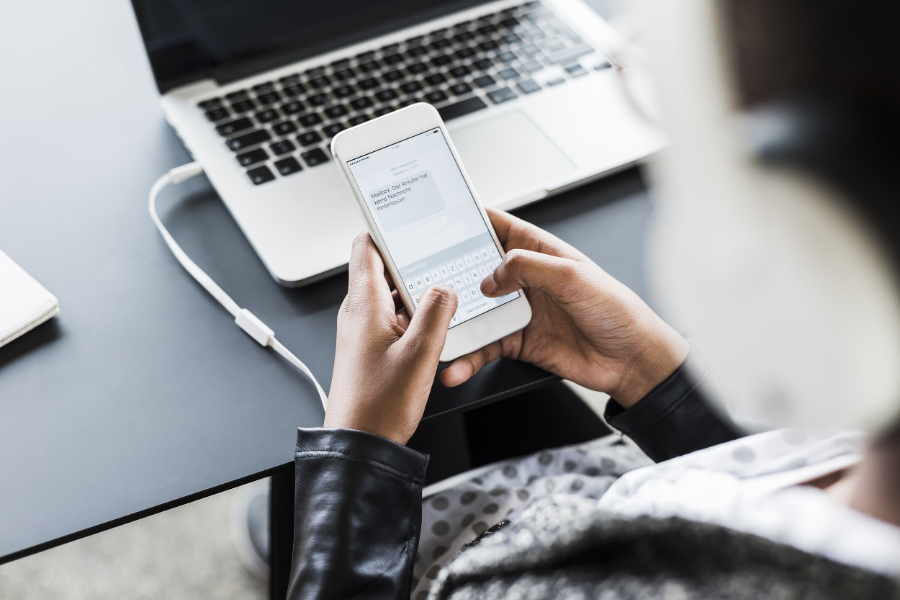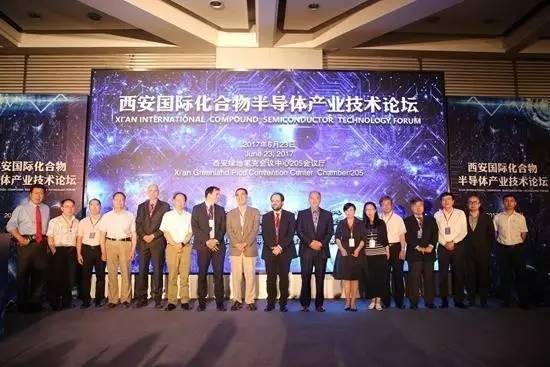As mobile phone users, all we want is enough battery life to last the day.
作為一個(gè)手機(jī)使用者,我們想要的僅僅是夠用一天的電量。
Frustratingly, the older the device, the less power it seems to have.
但令人沮喪的是,設(shè)備越老,它的電量似乎就越小。
In fact, the amount of battery life our mobiles have on any given day depends on two key factors: how we use them on that particular day, and how we used them in the past.
事實(shí)上,你的移動(dòng)設(shè)備的總電量取決于兩個(gè)關(guān)鍵因素:你當(dāng)天是怎么用它的,以及你以前是怎么用它的。
The ability of lithium-ion batteries to store charge depends on the extent of their degradation.
鋰離子電池儲(chǔ)存電量的能力,取決于它退化的程度。
This means there is a link between how we handle our devices today and the charge capacity available in the future.
這意味著,我們今天使用設(shè)備的方式,關(guān)乎到它未來的儲(chǔ)電能力。
Through a few simple steps, users can minimise this degradation and extend their device's life.
而只要簡單的幾個(gè)步驟,我們就能把(電池的)退化速度降到最低,并延長設(shè)備的壽命。
Control battery discharge
有計(jì)劃地充電
With most battery degradation occurring during deep discharge/charge cycles, it is actually better to limit the battery discharge during any one cycle before charging it again.
由于電池的退化過程大部分都發(fā)生在從超低電量到充滿電的過程中,所以,最好的做法就是避免電量過低。

Extend charging times
延長充電時(shí)間
Many of today's mobile devices have a fast charge option that enables users to superchargethem in minutes rather than hours.
如今的很多移動(dòng)設(shè)備都有快速充電的功能,它讓用戶能對(duì)設(shè)備進(jìn)行“超充電”,讓整個(gè)過程只花幾分鐘,而不是幾小時(shí)。
This is convenient when we're in a rush, but should be avoided otherwise.
在我們有急事的時(shí)候,這的確很方便,但我們應(yīng)該避免這種行為。
Why? Because charging a battery too quickly reduces its storage capacity.
為什么?因?yàn)槌潆娞鞎?huì)降低電池的總?cè)萘俊?/div>
Keep the temperature just right
保持溫度適宜
Below 0°C, the amount of power available within the battery system is reduced.
在0℃以下,電池中可用的電量是會(huì)減少的。
Above 45°C, the amount of power available is actually enhanced compared with lowertemperatures, so you can get a little more "juice" from your battery under hotter conditions.
而在45℃以上,電池中可用的電量與溫度低時(shí)相比其實(shí)更多,所以你在炎熱的環(huán)境中能多撈到一些“油水”。
However, at these temperatures the degradation of the battery is also greatly accelerated, soover an extended period of time its ability to store charge will be reduced.
但是,在這種溫度之下,電池的退化速度也會(huì)大大加快,所以長此以往它的儲(chǔ)電能力就會(huì)下降。
Use battery-saving modes
實(shí)用電池保護(hù)模式
Reduce screen brightness. The easiest way to conserve battery life while maintaining fullfunction is to reduce the brightness of the screen.
調(diào)低屏幕亮度。想在保持設(shè)備正常運(yùn)行的前提下保留電量,最簡單的方法就是調(diào)低屏幕亮度。
Turn off the cellular network or limit talk time.
關(guān)閉蜂窩網(wǎng)絡(luò),或者限制通話時(shí)間。
The connection to the cellular network uses the global system for mobile communication(GSM) module.
連接蜂窩網(wǎng)絡(luò)會(huì)動(dòng)用全球移動(dòng)通信系統(tǒng)(GSM)模塊。
The GSM is the most dominant energy-consuming component in a mobile phone,.
而GSM是手機(jī)中最主要的耗電組件。
Use Wi-Fi, not 4G. With Wi-Fi being up to 40 percent less power-hungry than 4G for internetbrowsing.
用WiFi,不要用4G。用WiFi耗的電比用4G來得少,最多可以少40%。
Turn on smart battery modes. All modern mobile devices have a smart battery saving mode(for instance, Android has Power Saving Mode and iOS has Low Power Mode).
使用智能電池模式。所有的現(xiàn)代移動(dòng)設(shè)備都有智能電池模式(比如,安卓機(jī)有節(jié)電模式,而蘋果機(jī)有低電量模式)。




